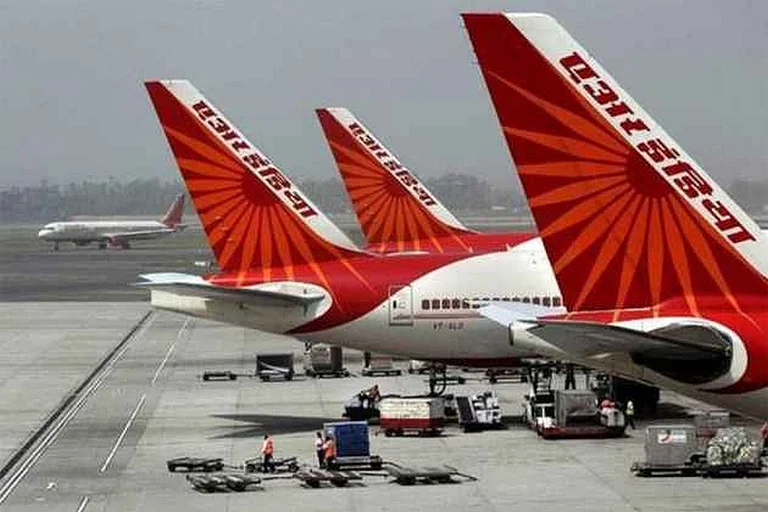On December 19, Congress president Rahul Gandhi tweeted, “It’s done! Rajasthan, Madhya Pradesh & Chhattisgarh have waived farm loans. We asked for 10 days. We did it in 2.” Gandhi’s announcement appeared to mark the culmination of a well-planned strategy that helped the party win the three heartland states in stunning fashion after a series of election drubbings at the hands of the BJP.
Loan waivers, especially for farmers, are not new in India. States have done it, the Centre has done it, mainly to help lower-income groups in times of crisis such as drought or floods. Bankers and financial institutions, however, see a real possibility of loan waivers turning into a game of political one-upmanship in the run-up to the high-stakes general elections next year. After all, farm crisis is real. And so is growing anger among the peasantry.
But economists fear that the wave of waivers will put a big strain on the scant resources of the states. For banks, groaning under the heavy burden of bad loans (non-performing assets), waivers are an alarm bell. The National Bank for Agriculture and Rural Development (Nabard)—which disburses funds for government schemes through commercial banks, cooperative societies, microfinance institutions (MFIs) and non-banking financial companies (NBFCs)—has urged the state governments to clear their dues so that the cycle of credit is not affected.
The Nabard advisory comes at a time when the Congress is mounting pressure on the central government to press commercial banks also to waive off farm loans, even as economists are advising against such a move. In its mid-term review of government finances, the Reserve Bank of India said farm loan waivers contributed about five basis points to the overshooting of revenue expenditure in 2017-18. “During this fiscal so far, there has been no announcement of farm loan waivers by states outside their budgets. The recent agitation by the farmer community, however, might induce some states and central government to go for such schemes, resulting in increase in revenue expenditure in the rest of 2018-19,” it adds.
Officials say the total loan waivers will be huge if the Centre heeds the states’ demand for waiving off loans from commercial banks. This is because only around 25-30% of rural loans come under the states’ purview, while over 60% falls in the central government domain. Earlier this year, Karnataka, Andhra Pradesh, Tamil Nadu and Telangana, waived off up to Rs 2 lakh-crore loans given through cooperatives.
However, there is a catch. In India, a huge amount of rural loans is from private money-lenders, who operate outside the formal banking channels. Naturally, loan waivers do not benefit those who borrow from money-lenders as most write-offs are either limited to commercial banks or cooperative societies. Though T.S. Devaraja, head of Mysore University’s commerce department, says that the share of money-lenders in rural credit has diminished to around 5-10 per cent since 2013, Prof Abhijit Sen, a former member of the now-disbanded planning commission, disagrees. “It depends on how we define money-lenders. If anybody outside the formal banking system is defined as a money-lender than their role has not diminished. It includes friends and family, traders and certain forms of NBFCs.” Roughly 10% of the entire farm credit is believed to be from non-formal banking sources like money-lenders.
But does loan waivers help reduce rural distress? Sen says that in 2008, when the then government had proposed a loan waiver, he had his reservations. “But in hindsight, it was not a bad idea because it cleared a lot of accounts to which banks were unwilling to extend further loans. These accounts suddenly got more loans and private investments in agriculture actually took off,” he says. Sen points out that after two consecutive bad years in 2008-2009, the agriculture sector grew substantially in 2010. “We also didn’t see much rise in defaults in repayment post the loan waiver, which is one of the two criticisms against farm loan waivers that it destroys the discipline of loan repayment.”
Yoginder Alagh, chancellor of Central University of Gujarat, is of the opinion that as a short-term measure, the government can go for restructuring farm loan, as the government did during the 1987-88 drought. “However, in the long term, agriculture itself needs to be restructured to provide better and more sustainable income for the farmers.” To put the issue in context, income of most farmers has gone down by 4 per cent over the last few years though the average Indian’s earnings have gone up by 6 per cent over the same period.
Dr T.N. Prakash Kammardi, chairman of Karnataka’s agriculture price commission, declines to go into the merits or demerits of loan waiver but argues that the issue at hand is of indebtedness which is different from loan burden. Pointing to plight of farmers in Karnataka after three years of drought, the economist says several factors—including increasing farm mechanisation, unplanned and unmanaged borrowing, expenses on children’s education—are adding to the loan burden. “Loan waiver, loan restructuring and farm credit are, at least, giving hope to the indebted farmers who are otherwise often forced to migrate, change their work or as a last resort commit suicide.”
***
- State governments provide about 20-30 per cent of the rural farm credit through agriculture cooperative societies
- The central government gives around 60 per cent of the rural agriculture credit, which is disbursed by NABARD
- Private money-lenders and other sources outside formal banking channels account for 5-10 per cent of farm loans


























